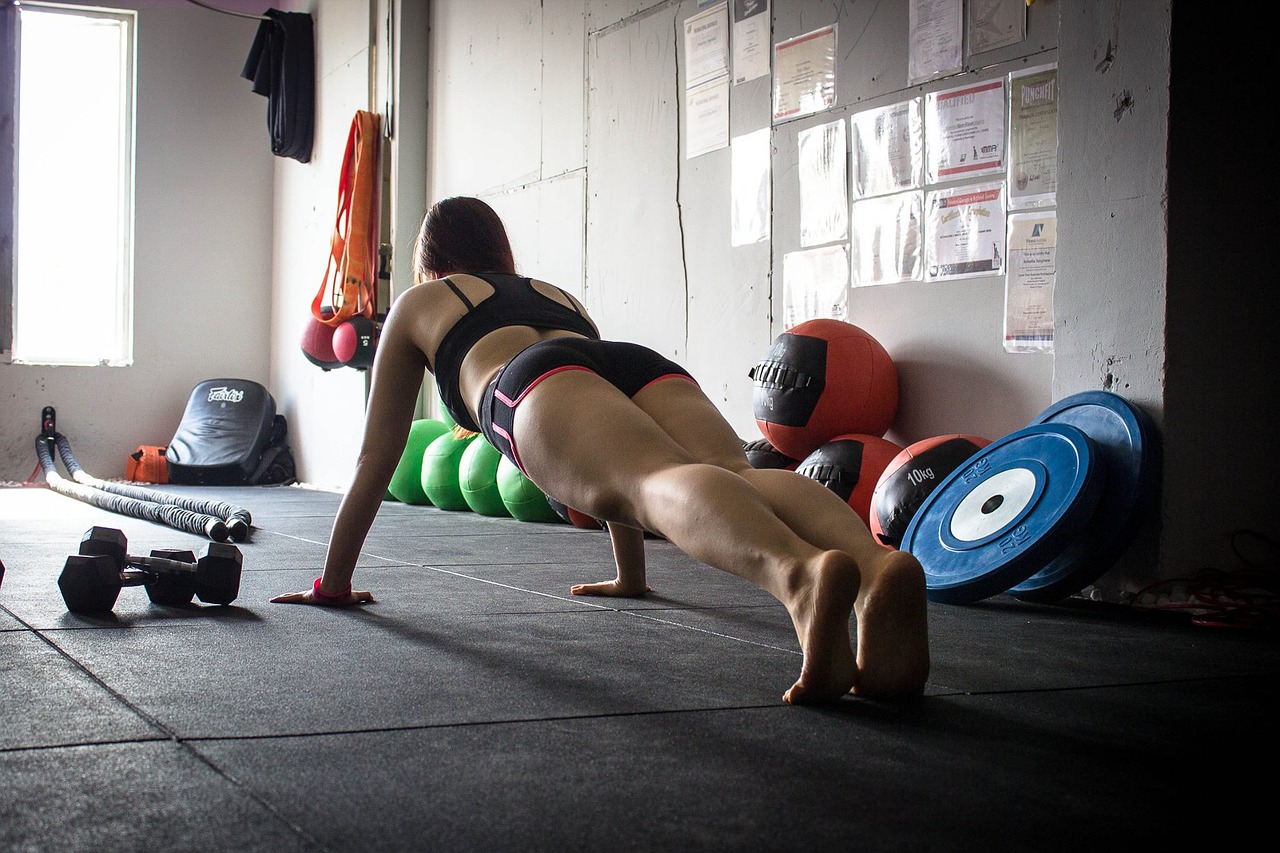
The infraspinatus muscle plays a particularly important role in producing primary external rotation (ER) torque and dynamic stability of the shoulder joint. Previous studies have reported that prone external rotation with horizontal abduction (PER), side-lying wiper exercise (SWE), and standing external rotation (STER) were effective exercises for strengthening the infraspinatus. However, we do not have enough knowledge about changes in muscle strength and dynamic muscle activity in each exercise under dynamic conditions.
The objective of this study was to compare the ER muscle strength, muscle activity among exercise methods and between muscle contraction types during three different exercises. This was achieved through a repeated measures design in which ER muscle strength and muscle activities data were collected from subjects under 3 exercise conditions. Data collection took place in an outpatient clinic involving fifteen healthy men with no shoulder, neck, or upper extremity pain were participated. The subjects performed three different exercises randomly in concentric and eccentric using a Biodex dynamometer at an angular velocity of 60°/s. Isokinetic ER peak torque (PT) data was collected and surface electromyography (EMG) was used to measure the activity of the infraspinatus and posterior deltoid muscles and infraspinatus to posterior deltoid muscle activity ratio.
There was significant main effect for muscle contraction type in isokinetic ER PT (p < 0.05). The concentric PT was greater during PER (p < 0.05) and SWE (p < 0.05) compared to eccentric. The main effect for exercise was found in isokinetic ER PT and muscle activity (p < 0.05). The isokinetic ER PT and infraspinatus muscle activity were the largest increased during PER whereas, the lowest during STER in both concentric and eccentric (p < 0.05). The results suggest that PER is an exercise for strengthening the infraspinatus muscle effectively.
No comments:
Post a Comment